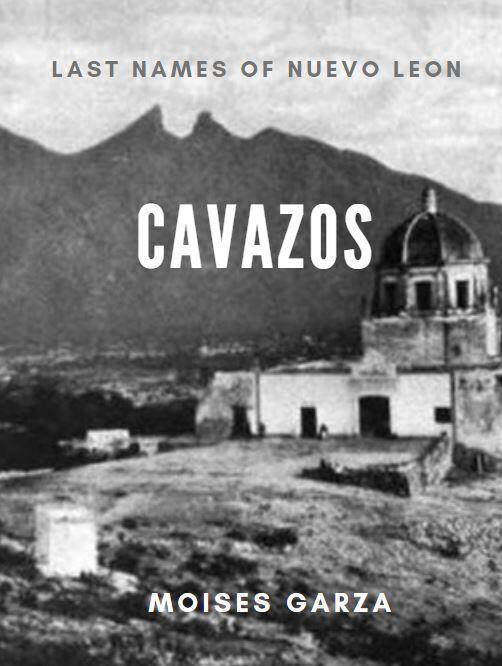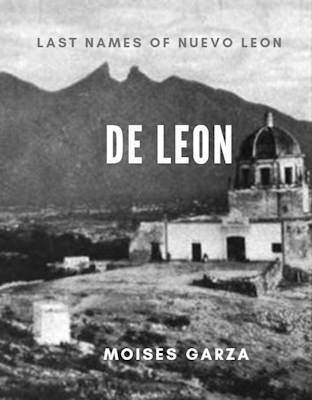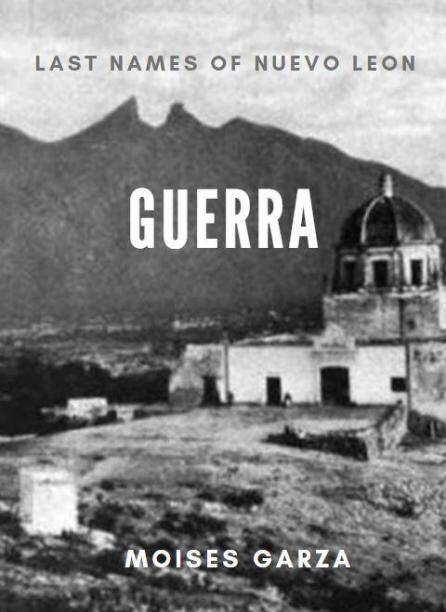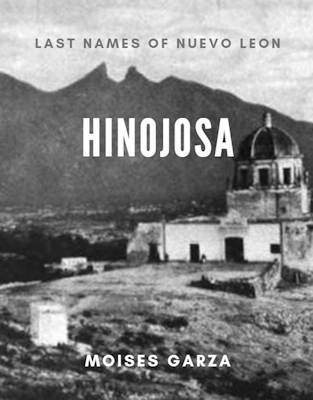Guest Post By Ernesto Uribe
The Oxford Dictionary of Literary Terms defines the historical novel as “a novel in which the action takes place during a specific historical period… often one or two generations before, sometimes several centuries, and in which some attempt is made to depict accurately the customs and mentality of the period…” We, the sons and daughters of colonial settlers and Mexican immigrants to South Texas have our own rich history from which to draw for writing historical fiction. We all have the tales, los cuentos of our ancestors as told to us by our grandparents and parents as well as our more formal readings of the history of the communities from where our ancestor came, and those in which we were raised.
My first novel Tlalcoyote is based partly on the adventures of a real person who was born in Revilla (later Guerrero) in Tamaulipas, Mexico in 1799 and lived on the frontier until his death in 1882. I ran across the story of this abducted vaquero in The Kingdom of Zapata, a book written by Virgil Lott and Mercurio Martinez published in 1958. It was only then that I discovered the young man’s name. He had been Manuel Ramirez Martinez, born in Revilla in 1799 and kidnapped by Comanches in 1819. The story of his captivity is expressed wonderfully in Spanish by Manuel Ramirez himself in nine verses of ten lines called Decimas. These Decimas that read like a Greek epic poem, and the four pages provided by Lott and Martinez finally gave me the outline I had been seeking to write my story.
During the 83 year span of Manuel Ramirez Martinez’s life, the area in which he lived went from a Spanish colony to become a part of the Republic of Mexico; experienced most of the Comanche and Lipan Apache incursions; felt the impact of the Texas War for Independence; saw the rise and fall of The Republic of the Rio Grande; endured the U.S. Army occupation during The Mexican-American War; witnessed the Juan Nepomuceno Cortina incursions; and felt the ripples of the American Civil War as Tejanos in Gray fought Tejanos in Blue along the Rio Grande. On top of these major events, there were countless encounters with los rinches, the Texas Rangers with bandits or perhaps heroes, depending on the point of view; there were range wars; large tracts of land were stolen; there were influential and not so influential political bosses doing most of the stealing; and countless family tragedies and stories. These many wonderful and exciting events are there, just waiting to provide the background for writing our historical novels.
The unfortunate fact is that most of us are not aware of our rich history. The history of our people and our area is not easy to find because it is hardly mentioned in the compulsory middle school and high school Texas history textbooks required by state educators. Let’s face it, Texas history was not written by or for Hispanics, and with rare exceptions, most historians from both sides of the border have short-changed us when it comes to the history of our people. Americans have little interest in the “Mexicans” who live in South Texas and Mexican historian lost all interest in the history of what was once Northern Mexico and is now the United States.
Perhaps an interest in the history of our part of the world could be awakened through historical fiction. We already have two wonderful examples of historical novels written in the 1930s and 1940s by Hispanics. It was only good fortune that the works of a very talented and bold Hispanic woman were rescued from oblivion and brought to light by Professor José E. Limón of the University of Texas. These two forgotten and unpublished manuscripts were written by Jovita Gonzalez (1904-1983) and co-authored by Eve Raleigh (1903-78). These novels, Caballero (Texas A&M Press, 1996) and Dew on the Thorn (Arte Publico Press, 1997) deal with the cultural clash experienced by the established Hispanic families in South Texas when they encountered the U.S. Army of occupation during the period of the U.S–Mexico War of 1846-48. Another rare example of an early Hispanic historical novel is El Mesquite. This wonderful story about ranch life in South Texas was written by Elena Zamora O’Shea and was actually published by Mathis Publishing Company, Dallas, Texas in 1935.
This writer has one of the few remaining original copies of Elena Zamora O’Shea’s book and although pleased to see El Mesquite re-published by Texas A&M Press in 2000, I was disappointed with the more than sixty pages of academic baggage inserted at the beginning of the book. It is sad that such a wonderful little book had to be trampled in such manner by zealot academics. They should have shown Mrs. O’Shea the respect she deserves and saved their remarks for inclusion as an appendix after her narrative.
There is evidence that Jovita Gonzalez and Eve Raleigh tired to get their work published but had no success. It appears that romances between Anglo-Saxon U.S. Army officers and young Mexican maidens were not considered appropriate for publication in Texas in the 1930s. Perhaps “historical facts” that dealt with the politics of the period and the mention of abuses such as the open handed stealing of lands belonging to the original Hispanic settlers was considered inflammatory by the powers of the time and editors refused to publish the books. Jovita’s co-author also seemed to fear repercussions because she used a pseudonym when they submitted the Caballeros manuscript to publishers. Another variable that might have contributed to the non-publication of these early historical novels could have been the mere fact that the books were written by women, and one was a “Mexican” to boot.. On the other hand, Elena Zamora O’Shea’s “cute” and non-controversial novel about ranch life was published by what appears to have been a small printing shop in Dallas.
The marketing of historical fiction is still not easy. And believe it or not, there are still prejudices out there. My novel Tlalcoyote made it up the line at Bantam Books until it hit an ethnic snag, and this is what an editor wrote my agent: “I was impressed with Mr. Uribe’s ability to evoke three different cultures in a single narrative. Since he has an especially strong talent for depicting the Comanche and Mexican cultures, I think this novel could thrive with a publisher that has stronger ties to the hispanic (small h) market….”
Some years ago the noted author Jean Avel wrote an extremely successful series of historical (pre-historical?) novels. They were The Clan of the Cave Bear, Valley of the Horses, and Mammoth Hunters among others. What if her publishers had turned down her novels with: “It appears that Ms Avel has an especially strong talent for depicting caveman culture, I think this novel could thrive with a publisher that has stronger ties to the caveman market.”? I guess Bantam Books puts Hispanics a few rungs lower than Neanderthals.
So, what does it take to get your material published? It takes endless patience, a lot of writing, rewriting, and re-rewriting, and then it takes editing, reediting and re-reediting until your work is as perfect as can be before submitting it to a publisher. Two other important variables are persistence and a lot of luck. Okay, that’s the mechanics, but before you get there, you have to have something to rewrite and reedit, and that’s the story itself.
Almost all of us have that big story in mind that we want to write. So now that you have that word processor with spell check warmed up, it’s just a matter of putting fingers to the keyboard and follow the advice of the running-shoe commercial and, “Just Do It!”
END
Where to Buy Ernesto’s novel:
You can buy Ernesto’s novel TLALCOYOTE at Amazon.com just click here.
About Ernesto:
Ernesto Uribe grew up on horseback, popping cattle out of the brush on a South Texas ranch where his family has raised beef since 1755. Educated in the public schools of Laredo, he went on to Texas A&M College on a track scholarship and holds a master’s degree from that institution. Joining the United States Information Agency as a foreign-service officer in 1962, he filled posts primarily in Latin America until leaving the senior ranks of the service to write fiction full-time.








I enjoyed the information on how to write a historical novel and the obstacles involved. I have written 5 chapters on my grandmother who was born in 1889 in La Vernia, a small farming community east of San Antonio, TX. I will keep plugging away on this novel as you and others have given me the inspiration to finish the book.
That is awesome Juan. Let me know when you publish it.